The Role Of Human Creativity In The Age Of AI: A Microsoft Perspective

Table of Contents
AI as a Tool for Creative Enhancement, Not Replacement
Microsoft's approach to AI firmly positions it as a tool to amplify human creativity, not replace it. Platforms like Azure AI and GitHub Copilot are prime examples of this philosophy. These tools provide creative professionals with the assistance they need to streamline their workflows and unlock new levels of innovation.
Instead of generating finished works independently, AI aids in the creative process. Consider these examples:
- Visual Artists: AI can assist artists in generating initial concepts, exploring different stylistic approaches, and even creating variations on existing artwork, providing a wealth of options to inspire and refine the artist's vision. Imagine using AI to explore hundreds of color palettes instantly, or to experiment with different brushstrokes without the manual effort.
- Writers and Authors: Writer's block is a common creative hurdle. AI writing assistants can help overcome this by suggesting alternative phrasing, improving sentence structure, and even generating initial outlines or plot points, freeing the writer to focus on the narrative and emotional core of their work.
- Designers: Complex design processes, involving intricate details and numerous iterations, can be significantly streamlined using AI. This allows human designers to focus on the higher-level creative aspects – the overall vision, the emotional impact, and the innovative solutions – leaving the tedious tasks to the AI.
The benefits for creative professionals are clear:
- Increased Efficiency: AI automates repetitive tasks, freeing up valuable time and energy.
- Access to New Tools: AI provides access to a vast array of creative tools and techniques previously unavailable.
- Exploration of Novel Creative Avenues: AI opens up entirely new possibilities and avenues for artistic exploration, leading to fresh perspectives and innovative outputs.
The Uniquely Human Element: Emotional Intelligence and Originality
While AI excels at pattern recognition and data processing, certain aspects of creativity remain uniquely human. Emotional intelligence, original thought, nuanced understanding, and ethical considerations are crucial components of truly impactful creative work, and these are areas where AI currently falls short.
AI, for all its power, cannot replicate:
- The emotional impact of art: The ability to evoke empathy, joy, sorrow, or any other complex human emotion in an audience is a distinctly human skill.
- The originality of a groundbreaking scientific idea: While AI can analyze existing data and identify patterns, generating truly novel and paradigm-shifting ideas requires a leap of intuition and imagination that remains uniquely human.
- Ethical dilemmas in AI-generated content: The ethical considerations surrounding AI-generated art, music, and text require careful human judgment and an understanding of societal impact, which AI currently lacks.
The irreplaceable role of human creativity is emphasized by these key qualities:
- Empathy: The ability to understand and connect with the emotional experiences of others.
- Intuition: The capacity for instinctive understanding and insight.
- Ethical Judgment: The ability to make sound ethical decisions, considering the potential consequences of creative work.
Microsoft's Commitment to Responsible AI and Creative Collaboration
Microsoft is deeply committed to developing responsible AI, ensuring that ethical considerations are at the forefront of AI development and deployment. This commitment extends to fostering creative collaboration between humans and AI. Microsoft invests heavily in tools and platforms designed to empower human creativity in this new landscape.
Microsoft's initiatives include:
- The development of AI models trained on diverse and representative datasets to mitigate bias.
- The creation of tools and guidelines to ensure transparency and accountability in AI systems.
- The promotion of open-source collaborations to foster innovation and responsible AI development.
Specific examples of Microsoft's support for human-AI collaboration include: the integration of AI capabilities into various Creative Cloud applications, and the ongoing research into new human-AI interaction models. Microsoft actively champions ethical AI development and strives to ensure its tools empower, rather than replace, human creativity.
The Future of Creative Collaboration: Humans and AI Working Together
The future of creativity lies not in a human-versus-AI competition, but in a powerful synergy between the two. Human-AI collaboration holds immense potential, leading to new forms of creative expression and unprecedented levels of innovation.
We can anticipate:
- AI-powered creative tools becoming increasingly intuitive and accessible to a wider range of users.
- The emergence of entirely new creative forms born from the unique partnership between humans and AI.
- A renewed emphasis on human-centered design in AI development, ensuring that AI tools are created to support and empower human creativity.
The Enduring Power of Human Creativity in the AI Era
In conclusion, the integration of AI into creative workflows does not diminish the significance of human creativity; instead, it enhances and amplifies it. AI serves as a powerful tool, augmenting human capabilities and unlocking new creative possibilities. Human emotional intelligence, originality, and ethical judgment remain irreplaceable core elements of impactful creative work. Microsoft is committed to fostering responsible AI development that supports and empowers human creativity. Unlock your creative potential with AI. Explore the future of creativity with Microsoft and learn more about the role of human creativity in the AI era with Microsoft.

Featured Posts
-
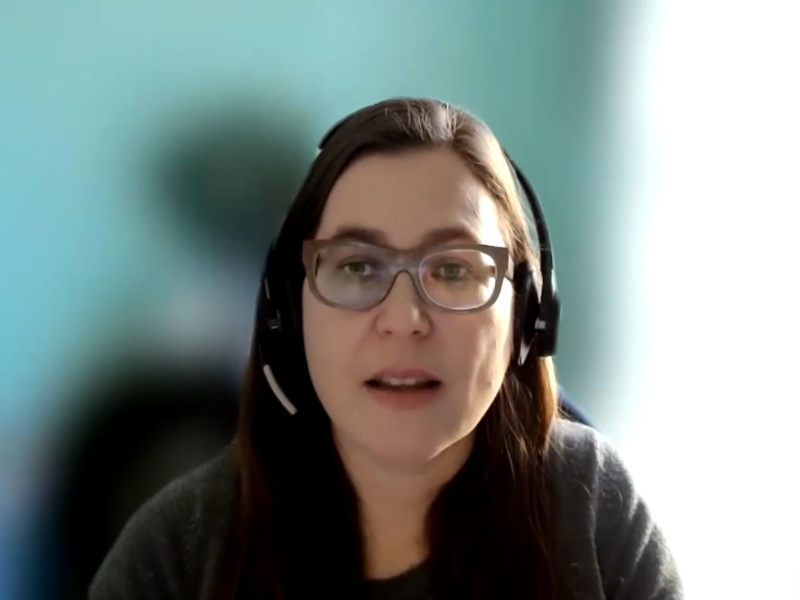 Transatlantic Ai Dispute Trump Administration Challenges European Rulebook
Apr 26, 2025
Transatlantic Ai Dispute Trump Administration Challenges European Rulebook
Apr 26, 2025 -
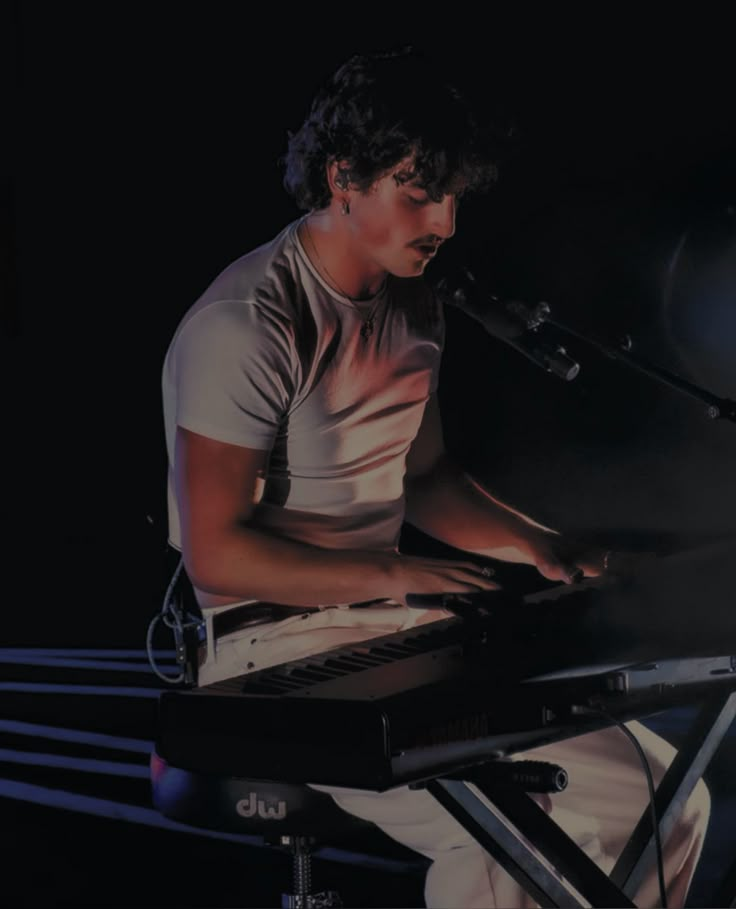 Benson Boones Outfit At The 2025 I Heart Radio Music Awards
Apr 26, 2025
Benson Boones Outfit At The 2025 I Heart Radio Music Awards
Apr 26, 2025 -
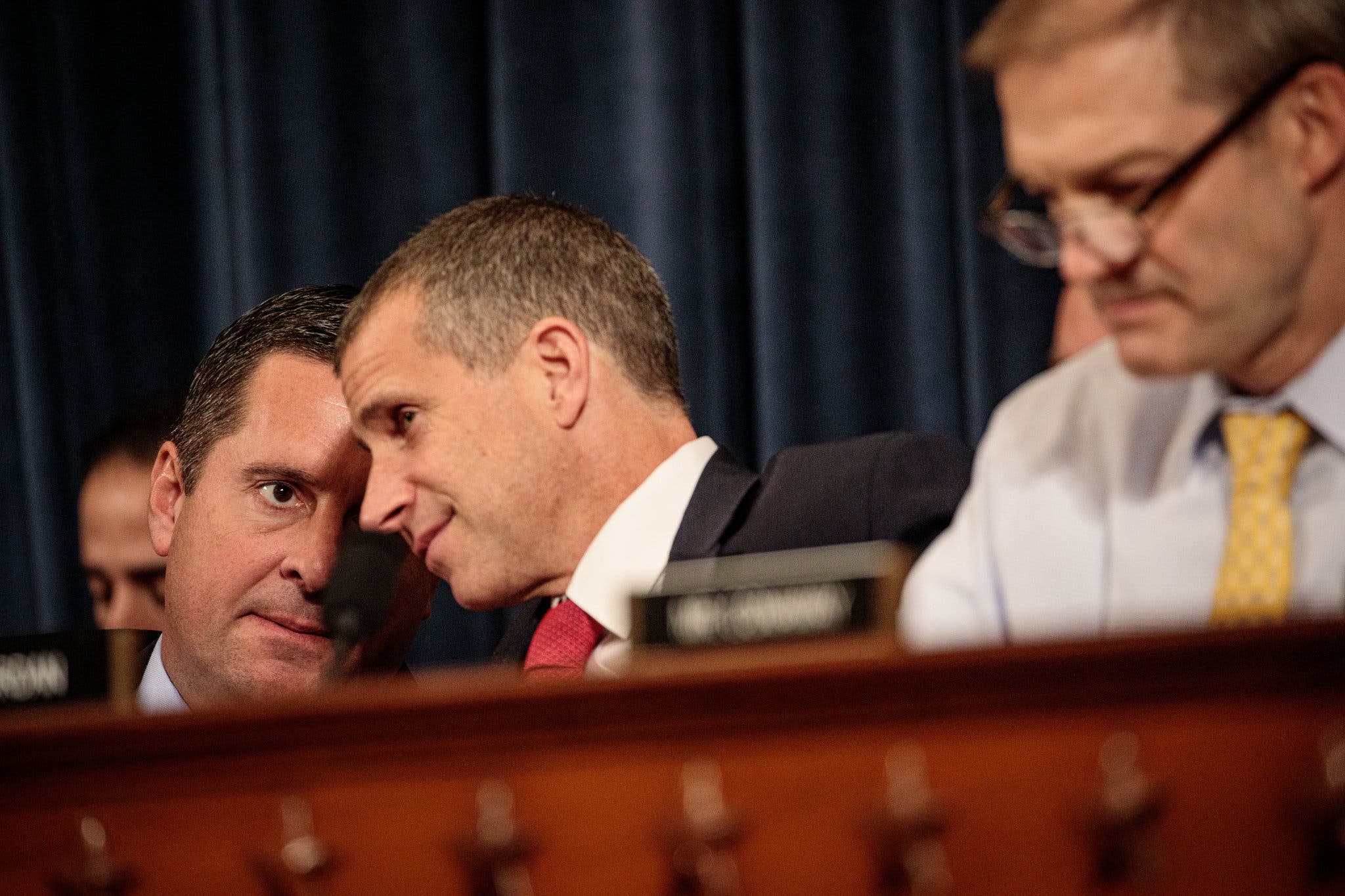 Former Republican Rep Condemns Newsoms Bannon Podcast Interview
Apr 26, 2025
Former Republican Rep Condemns Newsoms Bannon Podcast Interview
Apr 26, 2025 -
 Understanding The Importance Of Middle Managers In Modern Businesses
Apr 26, 2025
Understanding The Importance Of Middle Managers In Modern Businesses
Apr 26, 2025 -
 The Worlds Richest Man An American Battleground
Apr 26, 2025
The Worlds Richest Man An American Battleground
Apr 26, 2025
Latest Posts
-
 The Significance Of Ariana Grandes New Hair And Tattoos
Apr 27, 2025
The Significance Of Ariana Grandes New Hair And Tattoos
Apr 27, 2025 -
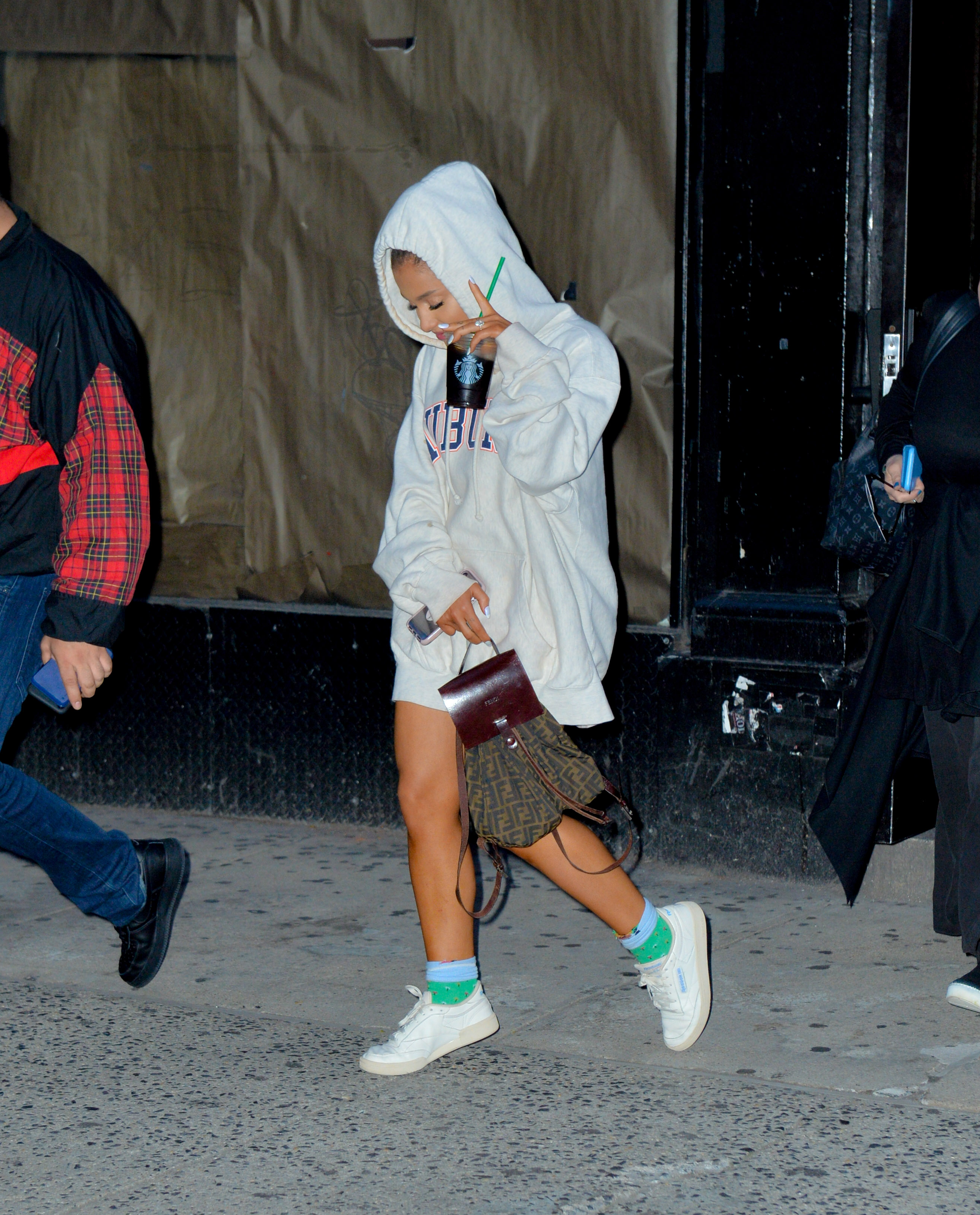 A Professional Look At Ariana Grandes Latest Style Update
Apr 27, 2025
A Professional Look At Ariana Grandes Latest Style Update
Apr 27, 2025 -
 Ariana Grandes Transformation Professional Styling And Body Art
Apr 27, 2025
Ariana Grandes Transformation Professional Styling And Body Art
Apr 27, 2025 -
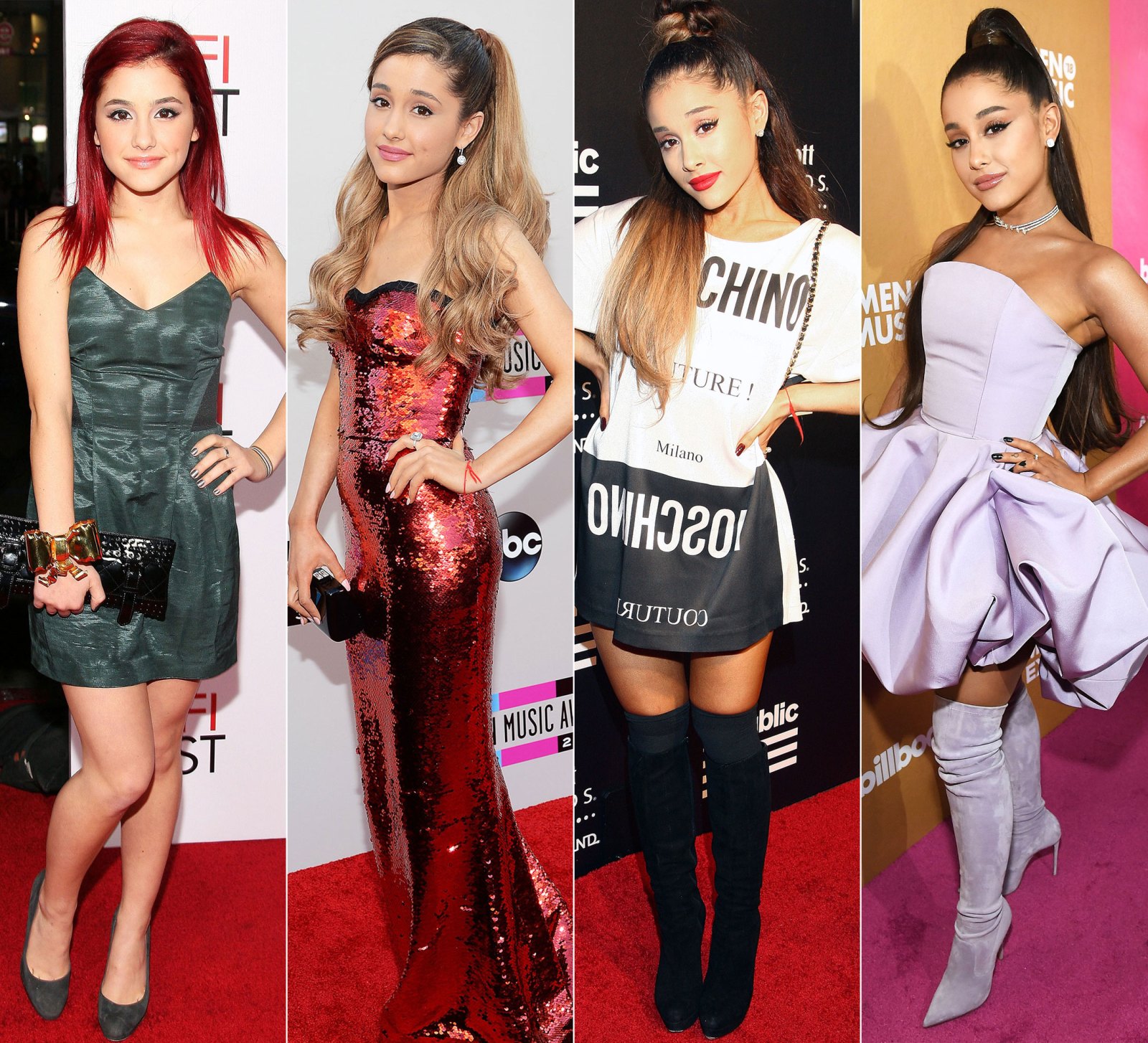 Get Professional Help Understanding Ariana Grandes Style Choices
Apr 27, 2025
Get Professional Help Understanding Ariana Grandes Style Choices
Apr 27, 2025 -
 Hair And Tattoo Transformations Ariana Grandes Bold New Image
Apr 27, 2025
Hair And Tattoo Transformations Ariana Grandes Bold New Image
Apr 27, 2025
